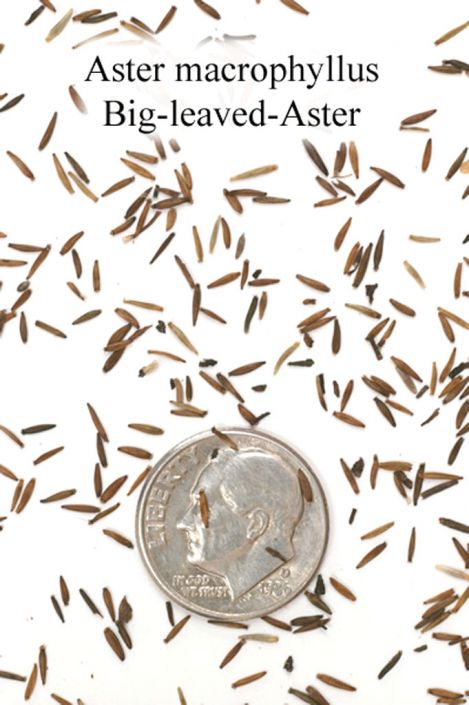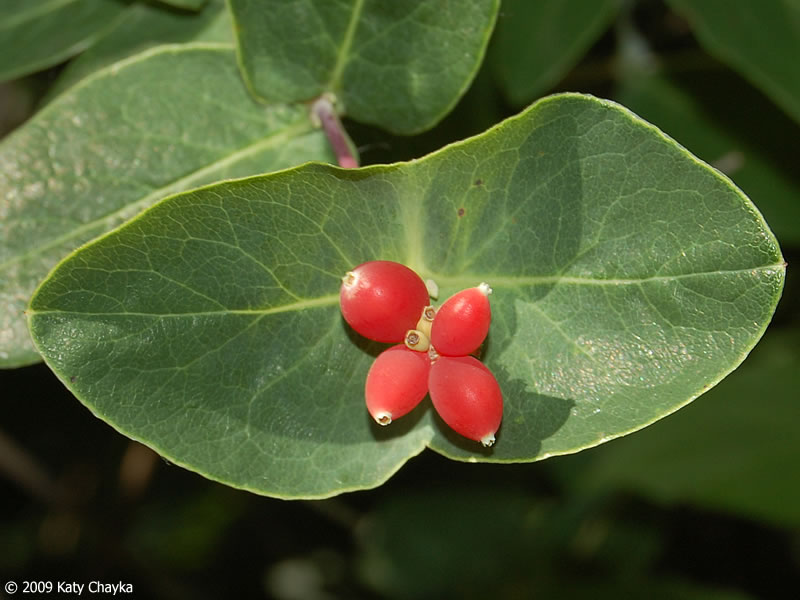Lady Bird Johnson said wildflowers “give us a sense of where we are in this great land of ours.”
Always the first full week of May, National Wildflower Week commemorates the colorful blossoms that bring our landscapes to life.
To celebrate this week, I encourage you to visit one of our area nature preserves, parks or trails to view the wildflowers now in bloom locally. Each day of this week-long celebration, I’ll feature a local native wildflower that you may find in bloom at this time.
To continue this week’s focus on wildflowers and for your self-guided search today, I suggest that you go looking for Jack-in-the-Pulpit (Arisaema triphyllum). See below for my suggestions as to where locally you can find this native forb.

Distinguishing Characteristics:
Jack-in-the-Pulpit is a perennial plant that may live more than 20 years and generally grows to about 1-2′ tall, but can grow up to 3’ tall. It consists of 1-2 trifoliate leaves with long petioles and a single flower atop a stout stalk (peduncle). The peduncle is wrapped by a sheath at its base and it is shorter than the petioles. Both have a smooth hairless surface, and their color varies from light green to reddish green or brownish green. Leaflets are up to 7″ long and 3″ across; they are generally oval with a pointed tip, finely veined, and smooth along the margins. The terminal leaflet is larger than the lateral leaflets. When the leaves emerge, they reveal the sex of the plant: male and non-flowering plants have 1 set of compound leaves, female plants have 2 sets. Sometimes the leaves tower over the flower and hide it from view.
The cylindrical flower structure is about 3½” long and 2″ across and consists of the spadix (Jack) which is an erect 2-3” tall spike containing numerous, tiny, green to purple flowers and the sheath-like spathe (pulpit) which encases the lower part of the spadix and then opens to form a hood extending over the top of the spadix. The outside of the spathe is slightly furrowed and usually green or purple and the inside is usually striped purple and greenish white, though considerable color variations exist. Flowering plants initially produce only male flowers, but become hermaphroditic as they further age with male flowers on the upper part of the spadix and female flowers on the lower part. The male flowers have several stamens, while the female flowers have a single pistil.
Male plants tend to be smaller than females and have a small hole at the bottom of the spathe which allows pollinators to escape (with their pollen) more easily. Female plants lack the hole and pollinators are more likely to become trapped, better ensuring successful pollination. While Jack-in-the-Pulpit has both male and female plants, they can change gender from year to year, apparently in response to successful (or failed) reproduction the previous year.
Most plants in a colony become dormant and disappear by mid-summer, but the mature, hermaphroditic flowering plants will produce a cluster of red berries in mid- to late summer, which becomes visible as the spathe withers.
Each fertilized flower will develop a fleshy bright red fruit about ¼” across, each containing 1 to 5 seeds that ripens by fall.
Where Found:
Jack-in-the-Pulpit prefers to grow in partial sun to full shade in rich, moist, deciduous woods and floodplains.
- 100 Acre Wood
- Anchor Diamond Park at Hawkwood
- Ann Lee Pond Nature and Historic Preserve
- Ashford Glen Preserve
- Ballston Creek Preserve
- Balsam Way Natural Area
- Community Connector Trail
- Dwaas Kill Nature Preserve
- Fox Preserve
- Garnsey Park
- Hayes Nature Park
- Historic Champlain Canalway Trail
- Mohawk Hudson Bike-Hike Trail
- Mohawk Landing Nature Preserve
- North Woods Nature Preserve
- Old Iron Spring Fitness Trail
- Peter Desrochers Memorial Country Knolls Trails
- Settlers Hill Natural Area
- Shenantaha Creek Park
- Summer Hill Natural Area
- Ushers Road State Forest
- Veterans Bike Path
- Veterans Memorial Park
- Vischer Ferry Nature and Historic Preserve
- West Sky Natural Area
- Woodcock Preserve
- Zim Smith Trail
Ecological Significance:
Jack-in-the-Pulpit thrives in moist, shady and seasonally wet locations and is most commonly found in floodplain forests.
The flowers are pollinated by fungus gnats (Sciaridae & Mycetophilidae) and the larvae of parasitic thrips (Heterothrips arisaemae and probably Ctenothrips bridwelli), which are attracted into the hooded spathes by the slight fungal odor emitted by this plant.
The foliage and corms (especially the latter) contain crystals of calcium oxalate, which can cause a burning sensation in the mouth and irritation of the gastrointestinal tract. As a result, animals rarely eat this plant. However, some upland birds feed on the foliage occasionally as well as its red berries, including Ring-necked Pheasant (Phasianus colchicus), Wild Turkey (Meleagris gallopavo), and Wood Thrush (Hylocichla mustelina).
How to Grow Your Own:
Jack-in-the-Pulpit will spread and colonize over time from its corm. It is easier to start plants from corms, rather than seeds.
From corms –
The quickest way to propagate new plants is by splitting off the cormlets that form alongside the parent roots. Here’s how to do it:
- In the fall when the plants have just entered dormancy, dig up the entire root clump, using a shovel or trowel. (Wear gloves to avoid skin contact.)
- Break or cut off the cormlets that have formed alongside the main corm or tuber.
- Immediately replant the pieces (as well as the parent corm) in about six inches of humus-rich soil in a location with light shade.
- Water well, then cover the planted pieces with mulch for the winter.
From seeds –
CAUTION: Leaves and fruits contain calcium oxalate that can irritate the skin, so it is important to wear gloves when collecting and cleaning the berries.
Jack-in-the-Pulpit seeds can be collected once the spathe has died back in the fall and the berries are fully ripened. Wearing gloves to protect your hands from irritation, remove the berries from the pod and clean the flesh from the seeds. Berries can be smashed with a large spoon or by hand, and the seeds separated by rinsing them in a strainer, picking out large debris. Seeds should be cleaned as soon as possible after collection as they lose viability if allowed to dry out. Following cleaning, seeds need to be cold-stratified to germinate. To do so, mix the cleaned seeds with damp sphagnum moss and placing the mixture into a resealable plastic bag or container and then store them in a refrigerator for 60-90 days. Then, sow them in a flat covered with ½” soilless commercial potting mix and keep the flat in a cool, damp place. Germination should take two to three weeks. In spring, plant the seedlings outdoors. Plants grown from seeds have only one leaf the first year and it takes them three or more years to come to flower.










































































